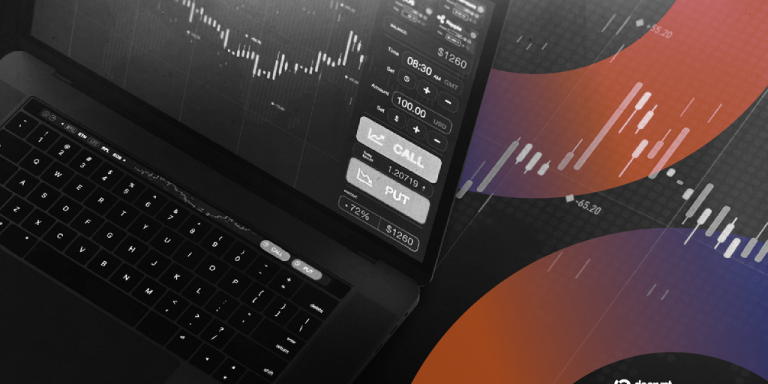
In today’s digital age, interactive displays have revolutionized the way visitors engage with content and experiences. These innovative displays offer immersive interactions that captivate audiences and create memorable moments. From museums and exhibitions to retail stores and corporate events, interactive displays are reshaping the landscape of visitor engagement.
One of the key benefits of interactive displays is their ability to offer personalized experiences. By incorporating touchscreens, motion sensors, and augmented reality technologies, these displays allow visitors to actively participate in the content. Whether it’s exploring a virtual tour, playing educational games, or interacting with product catalogs, interactive displays provide a hands-on approach to engagement.
Furthermore, interactive displays enable storytelling in a dynamic and compelling way. By combining multimedia elements such as videos, animations, and audio effects, these displays bring narratives to life and create an emotional connection with the audience. Visitors are no longer passive observers but active participants in the storytelling process.
Moreover, interactive displays can gather valuable data and insights on visitor behavior. By tracking interactions, preferences, and engagement levels, organizations can analyze the effectiveness of their content and make data-driven decisions to enhance the visitor experience. This data-driven approach allows for continuous optimization and customization of interactive displays.
In conclusion, interactive displays offer a powerful tool for engaging visitors through immersive experiences. By providing personalized interactions, compelling storytelling, and data-driven insights, these displays have the potential to transform how we connect with audiences in various settings. Embracing the interactive technology trend opens up new possibilities for creating impactful and memorable experiences that leave a lasting impression on visitors.






